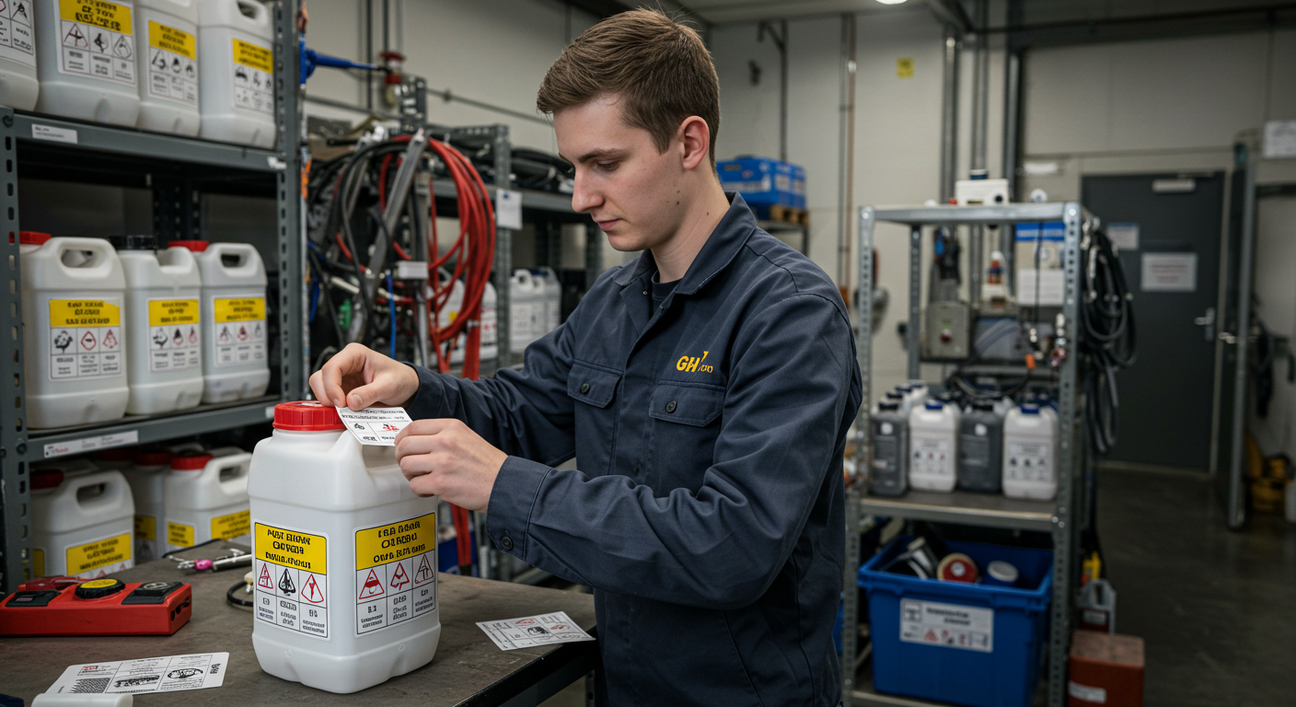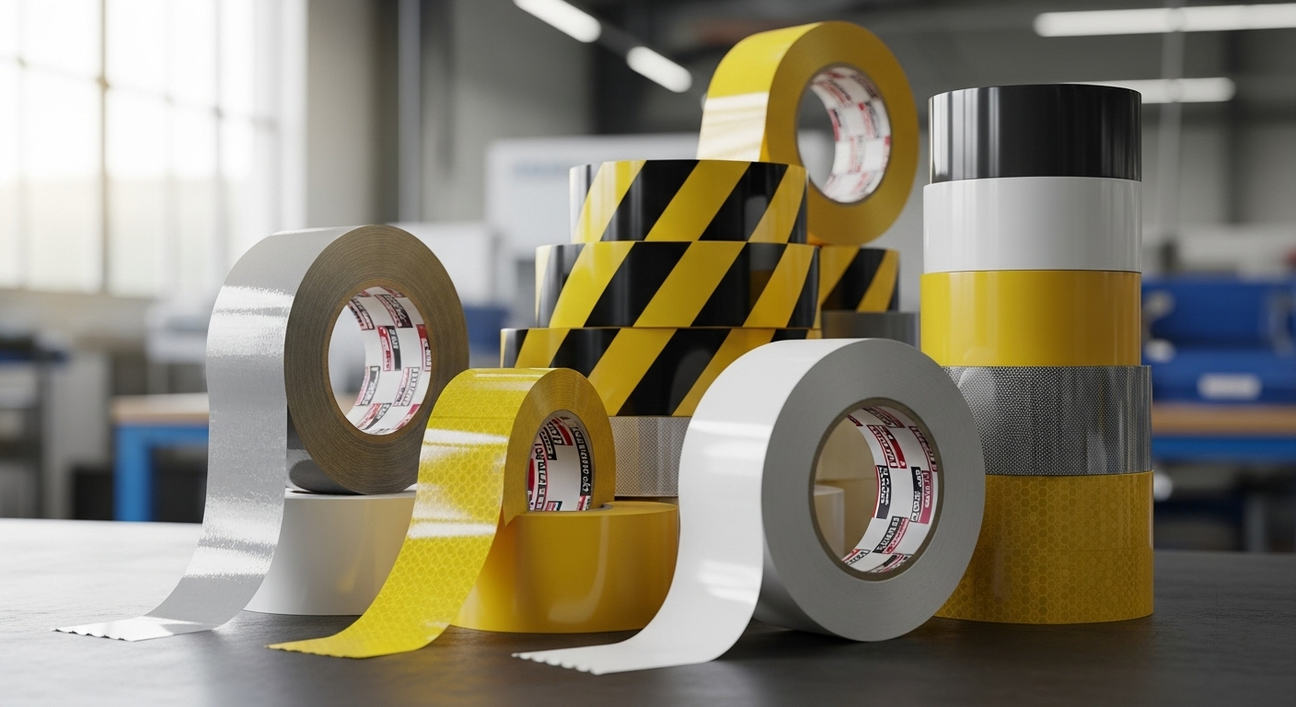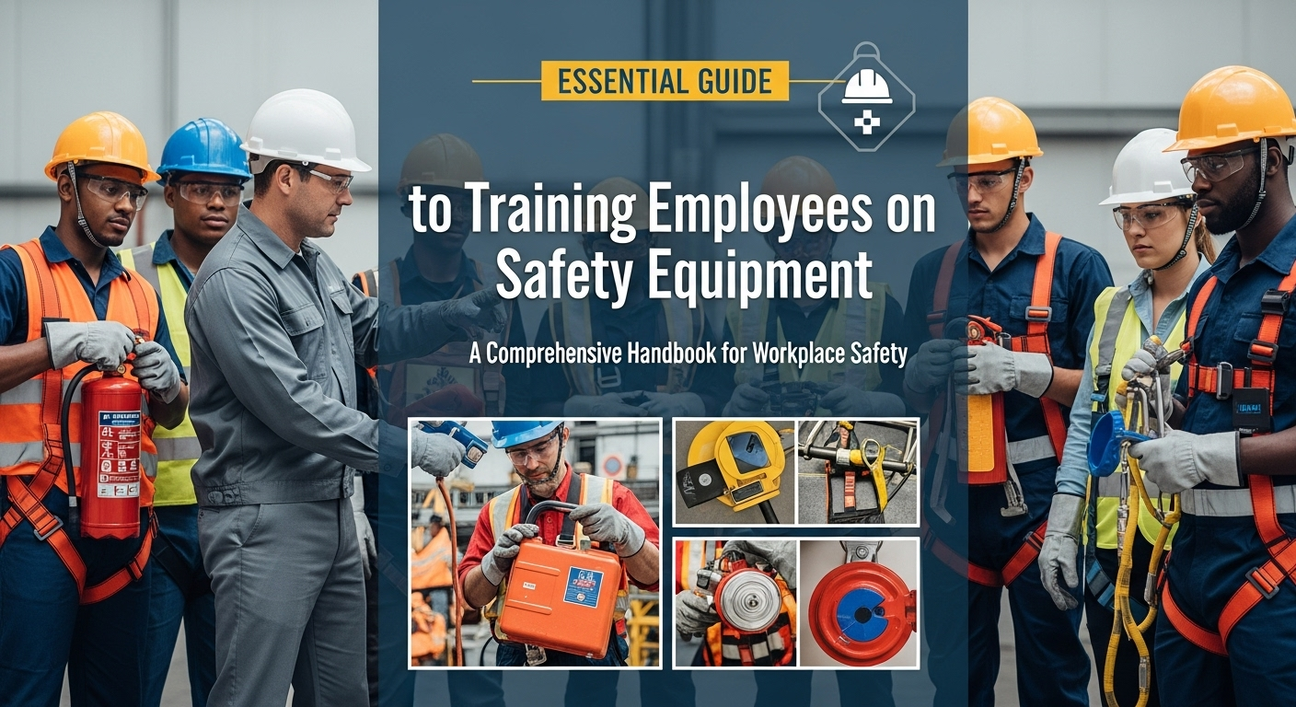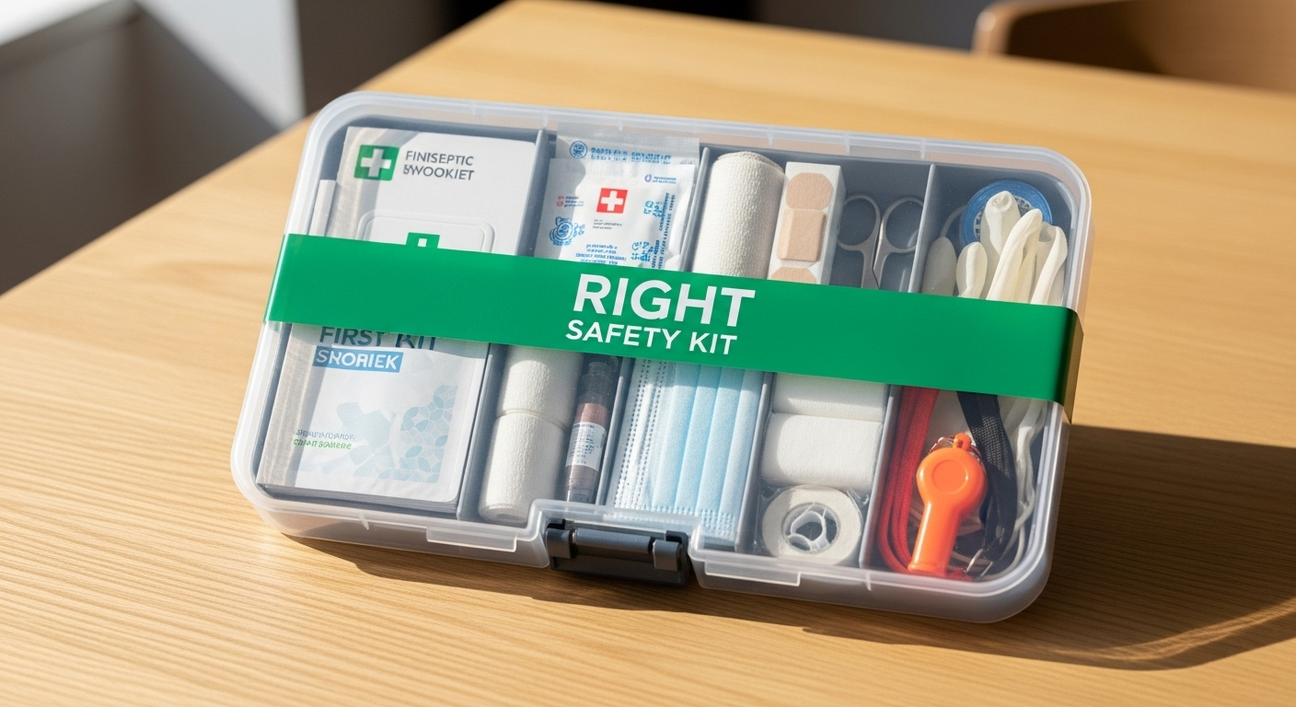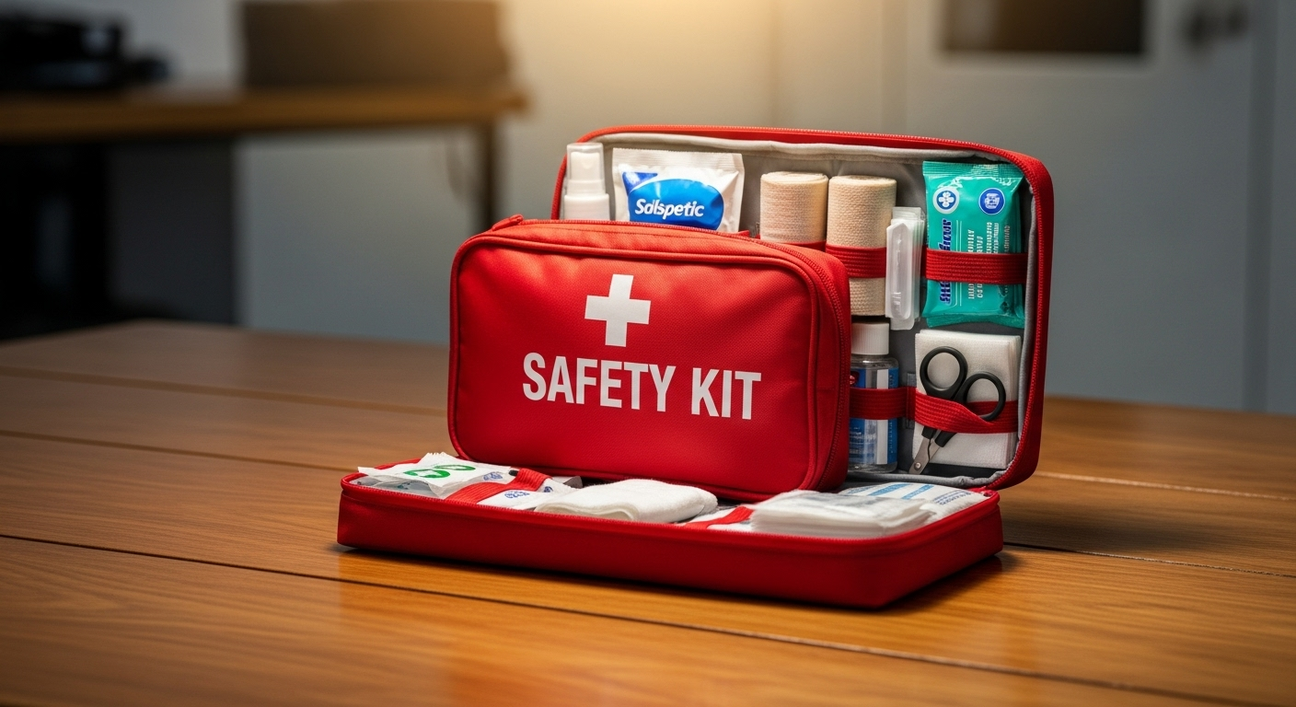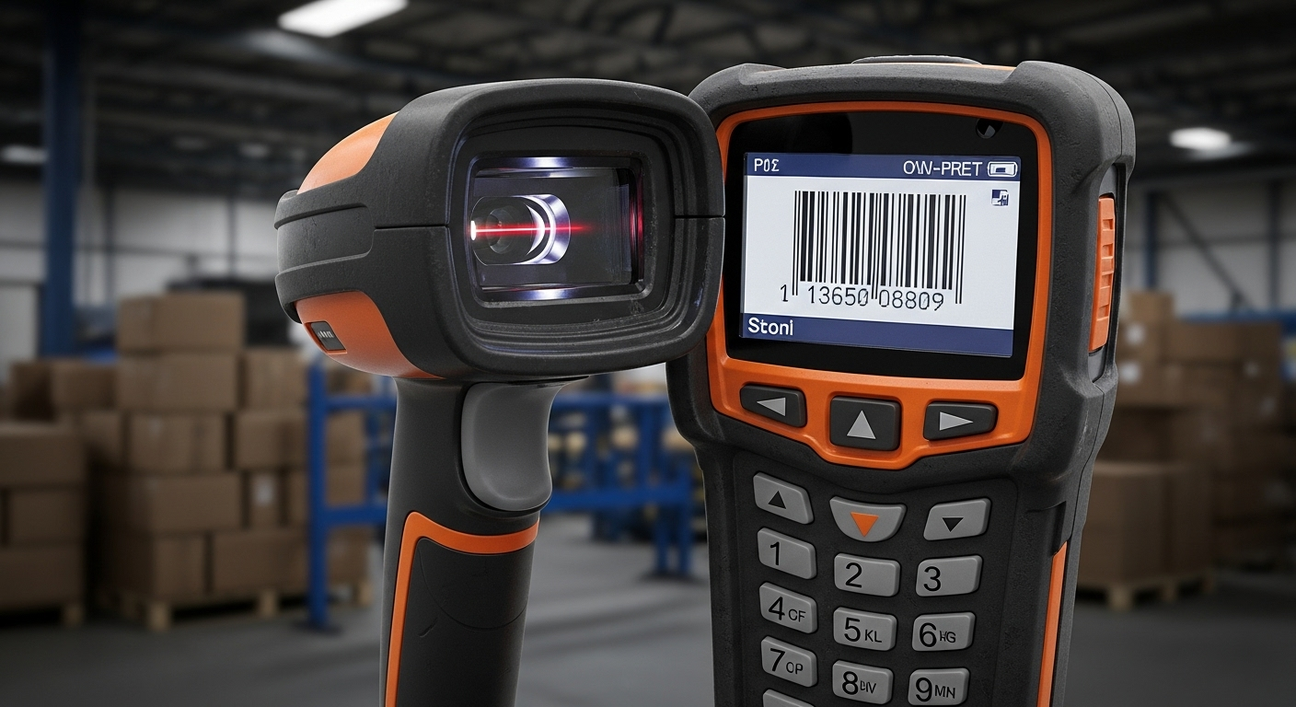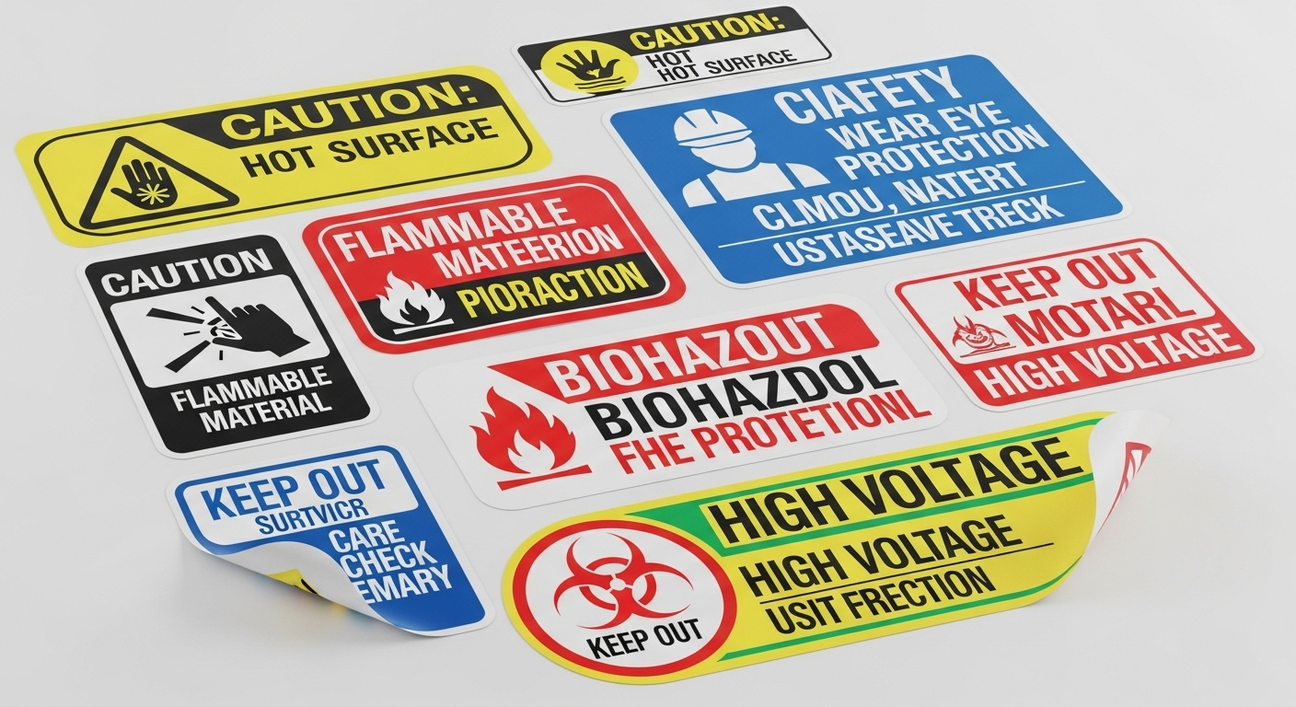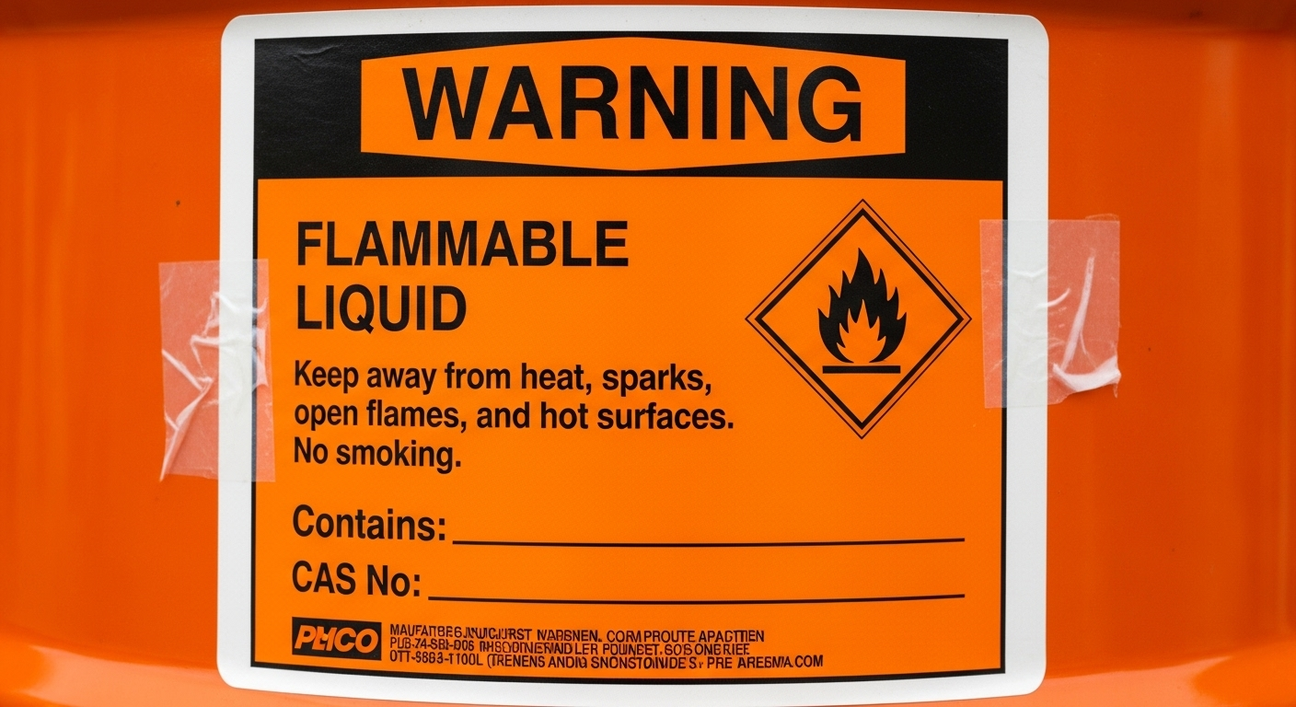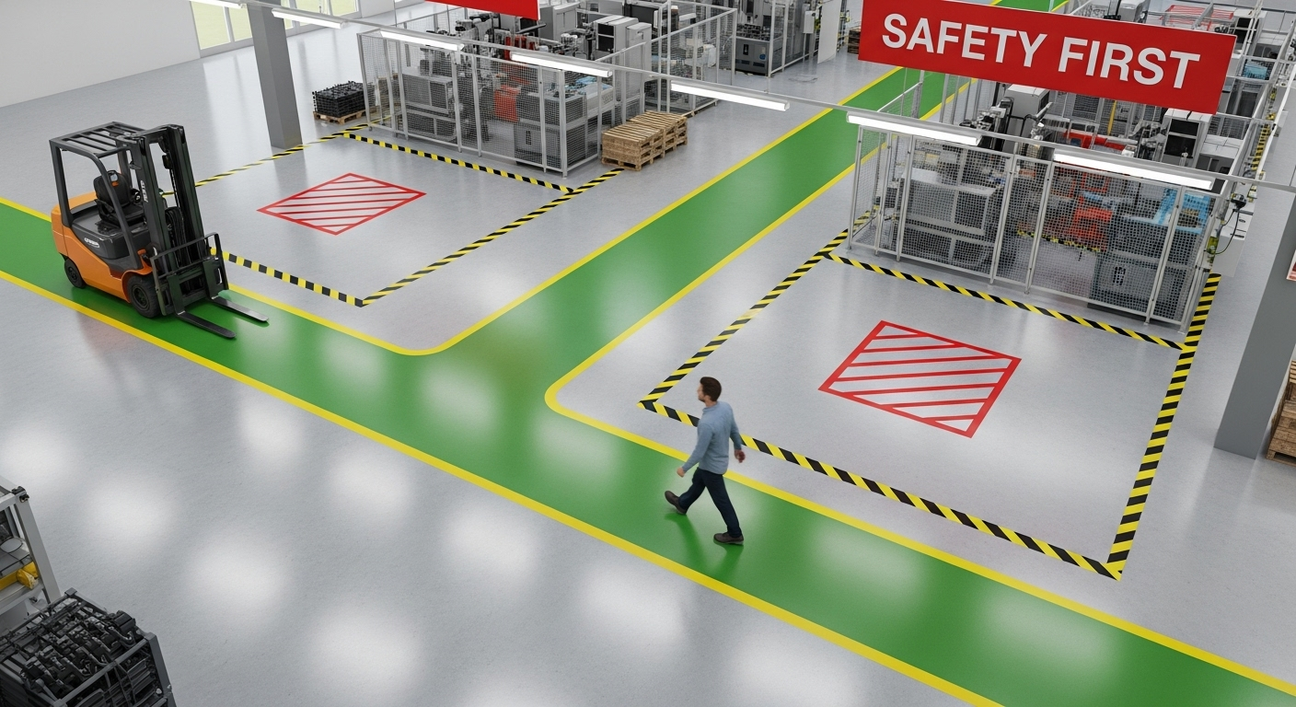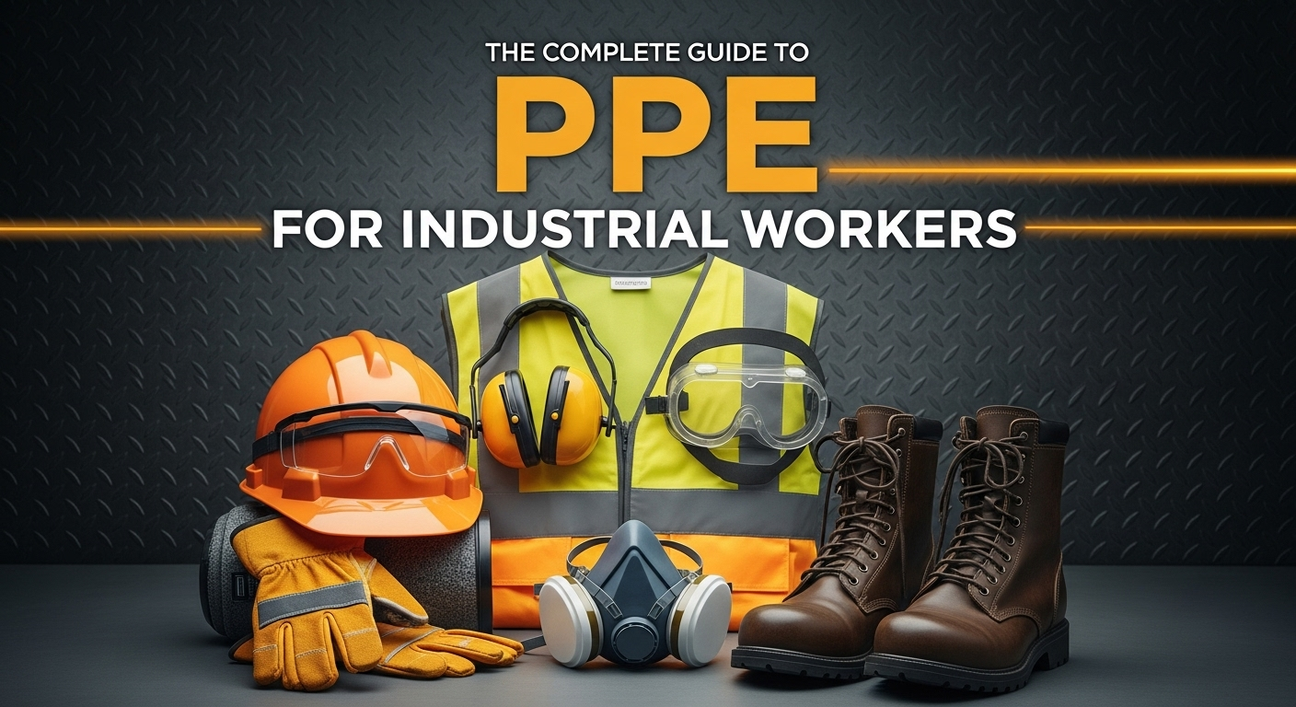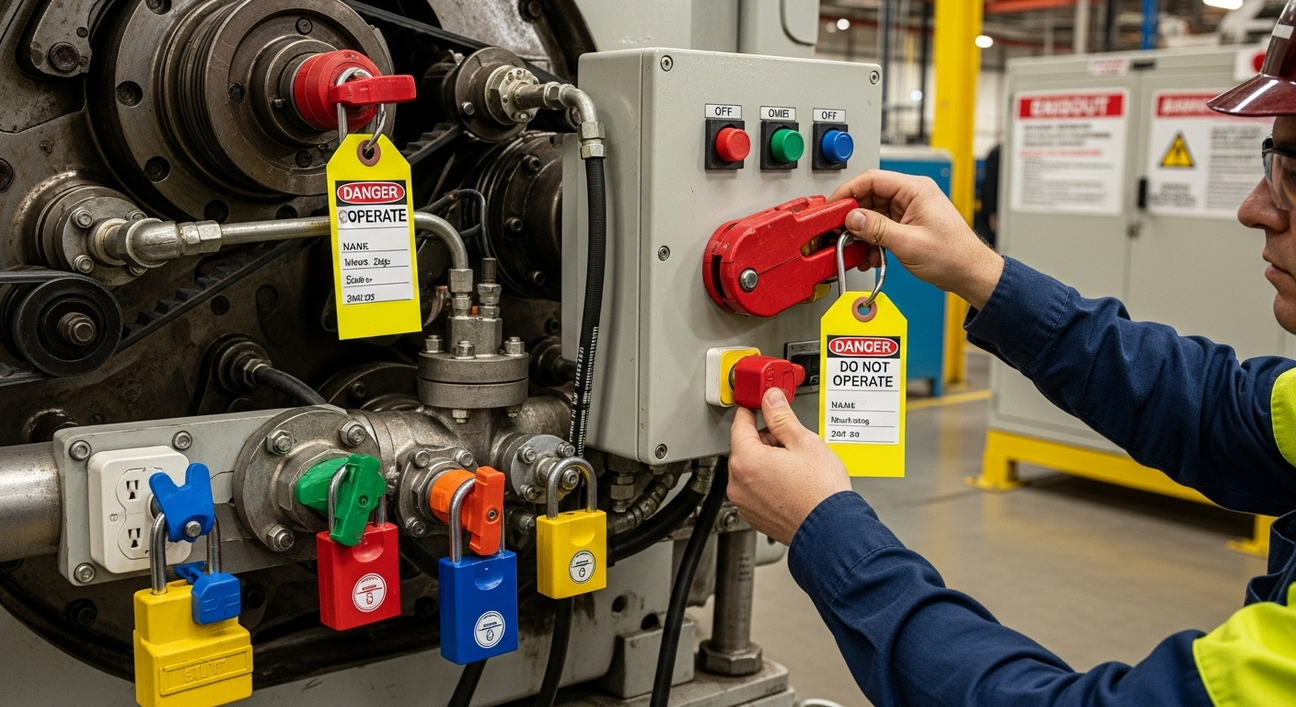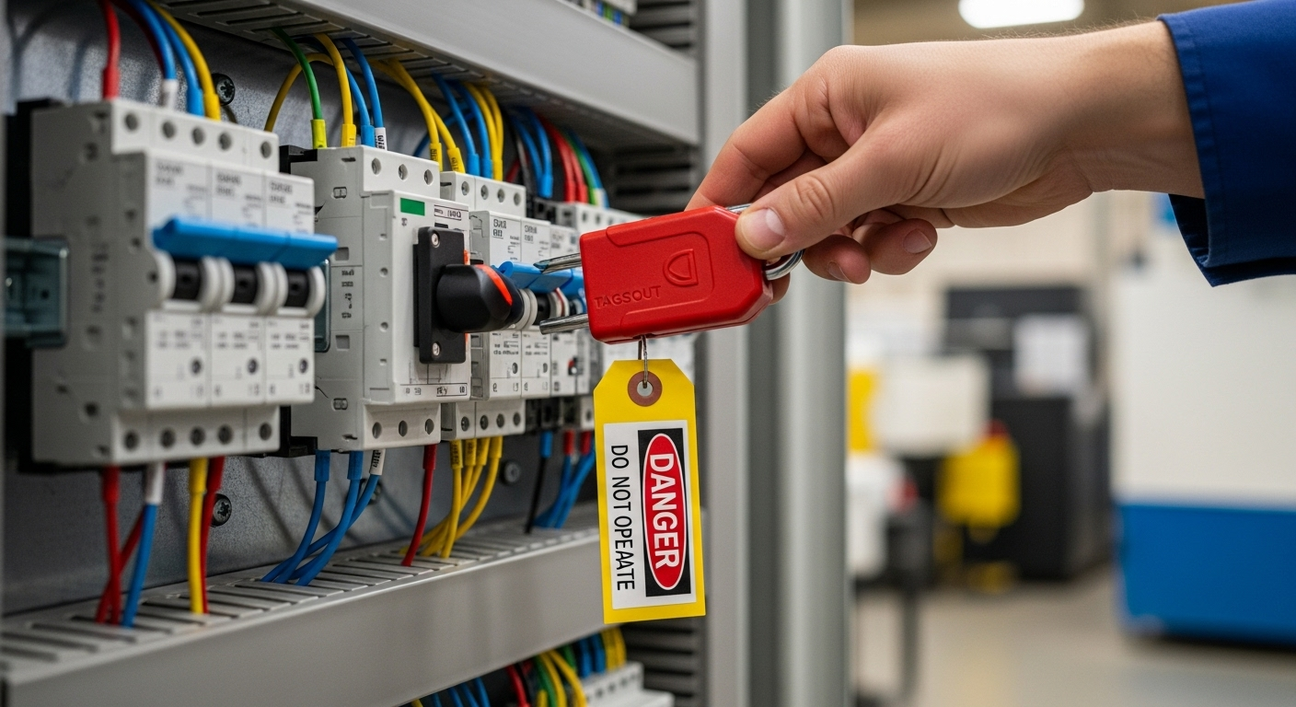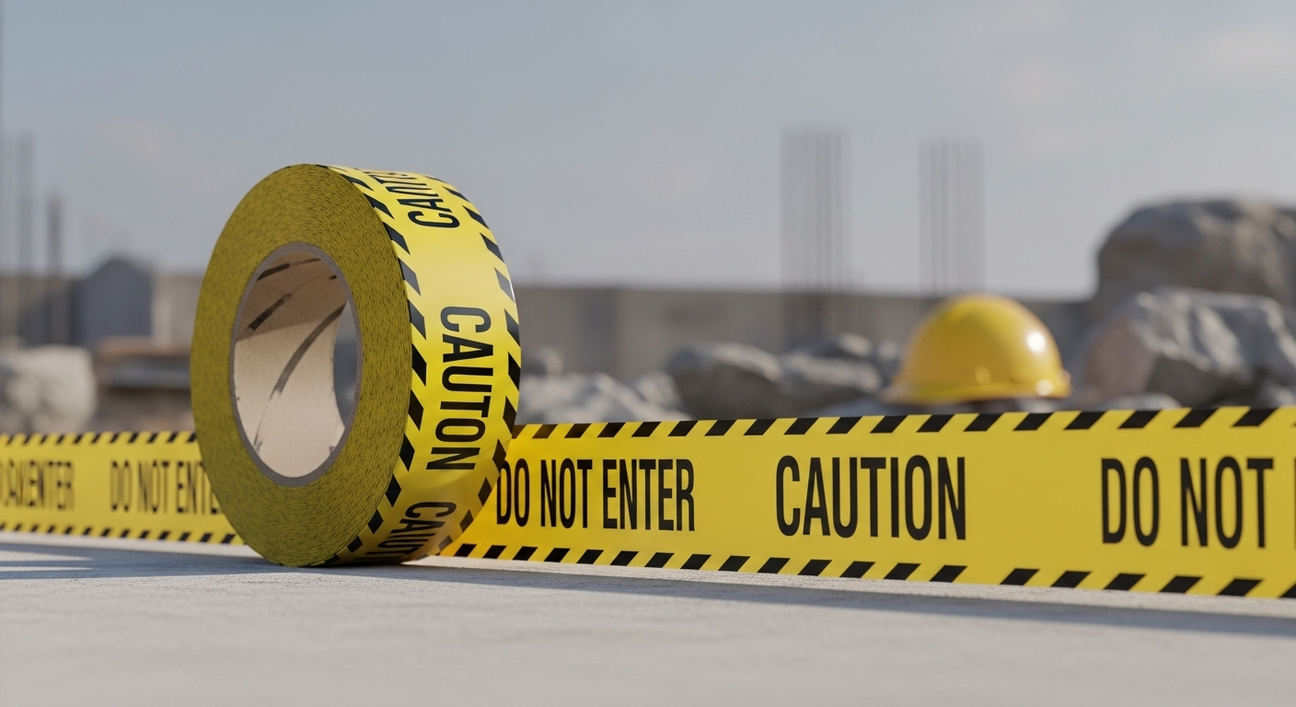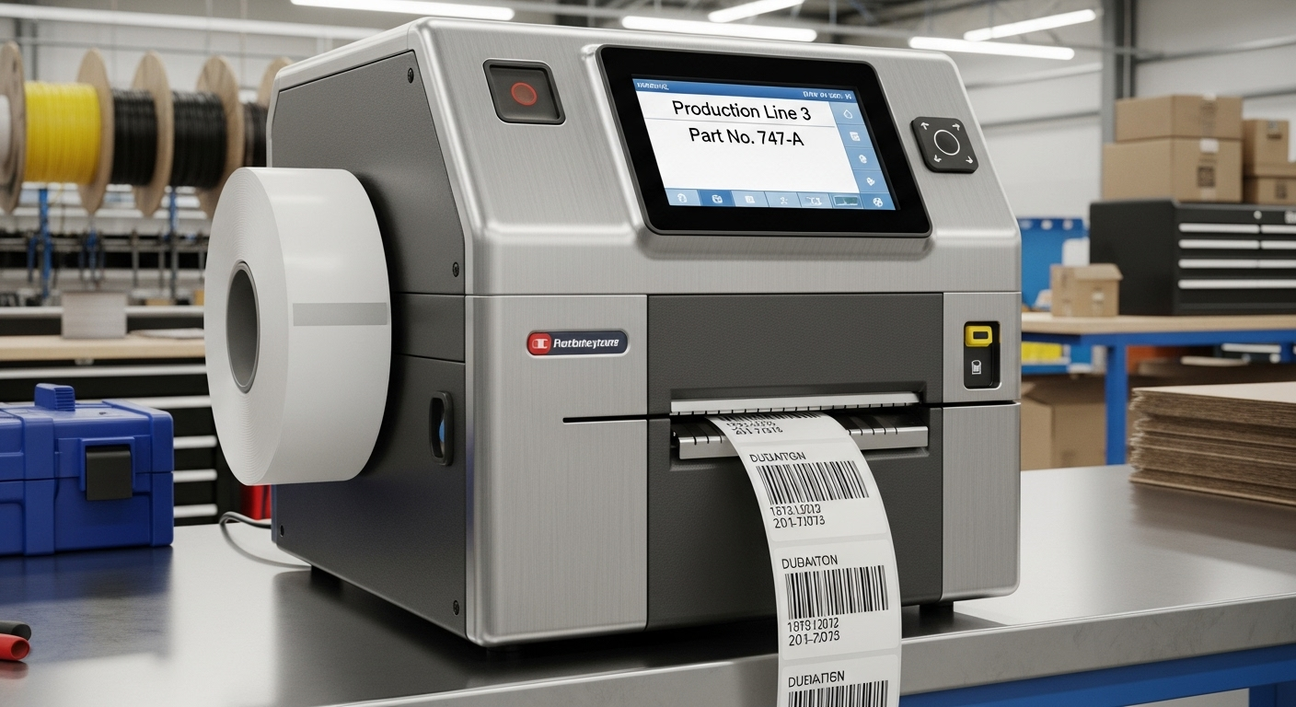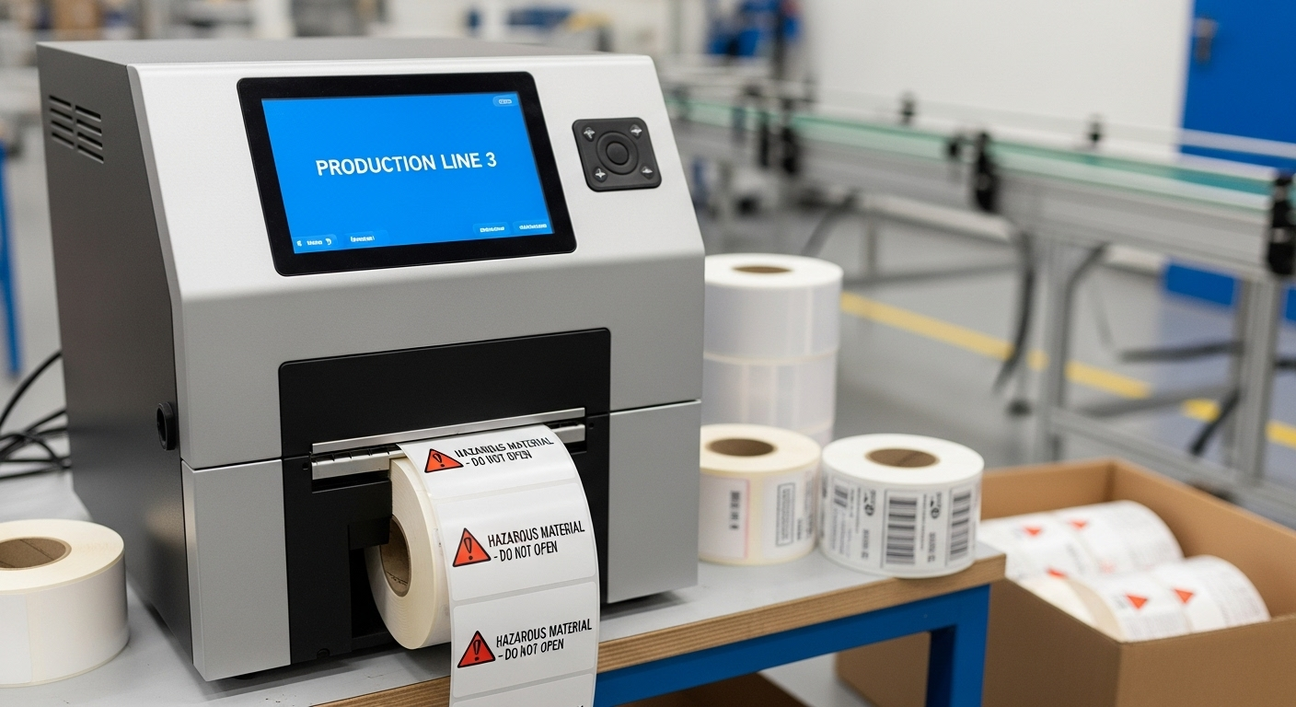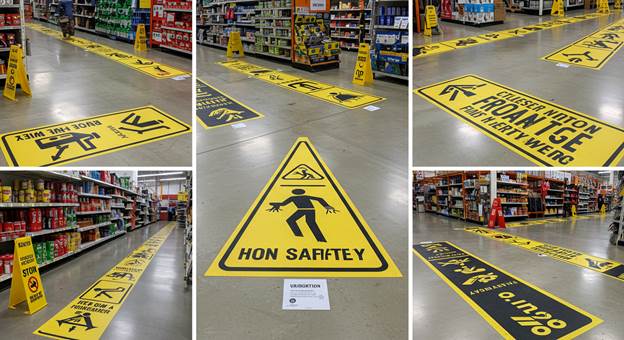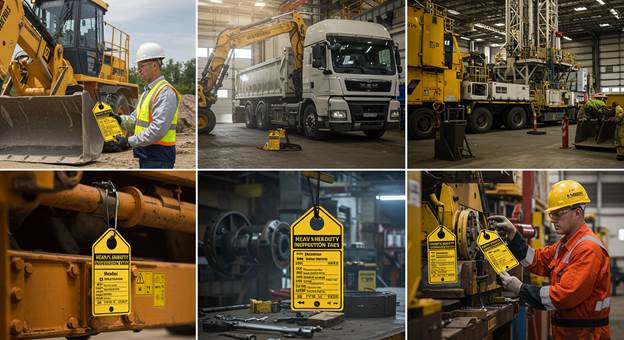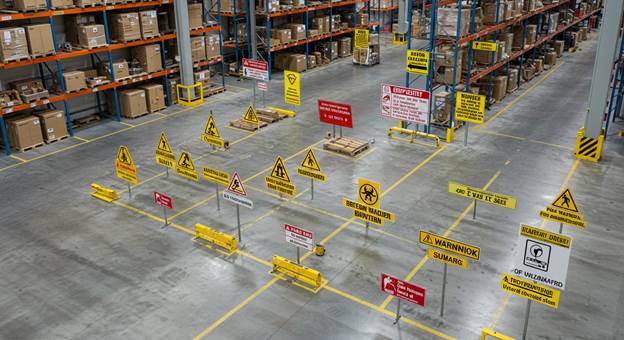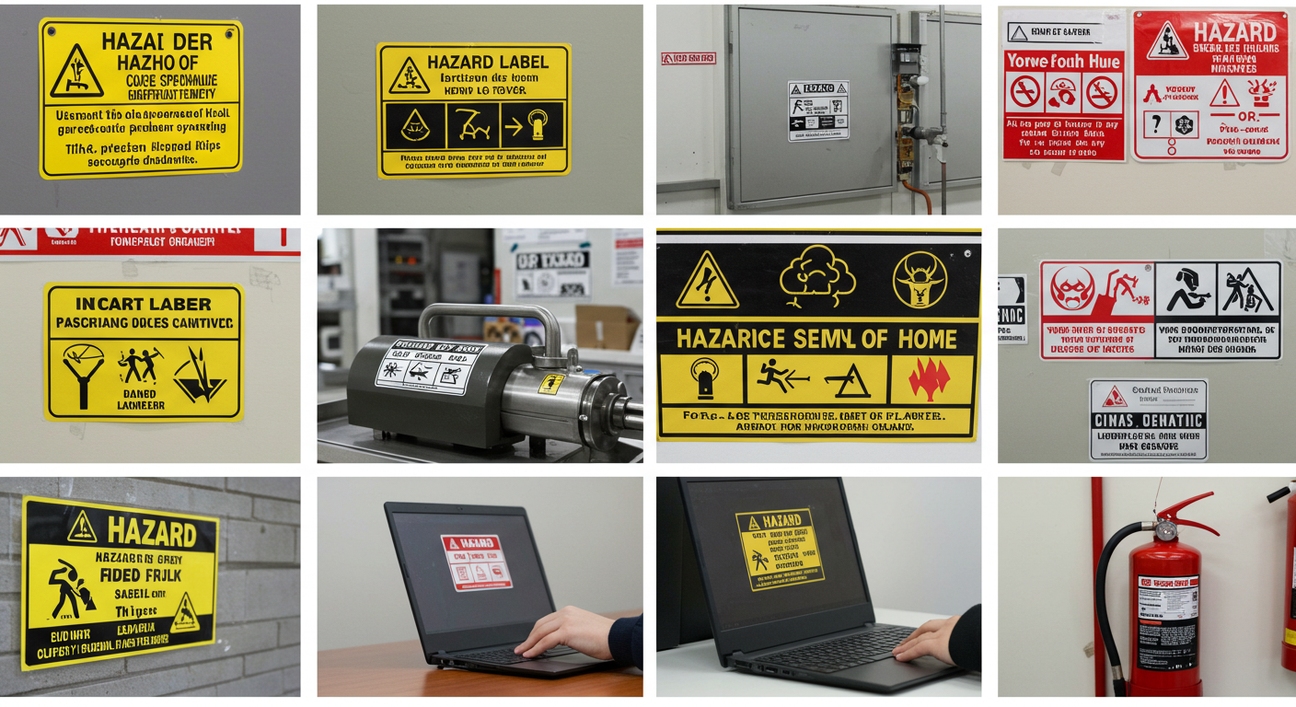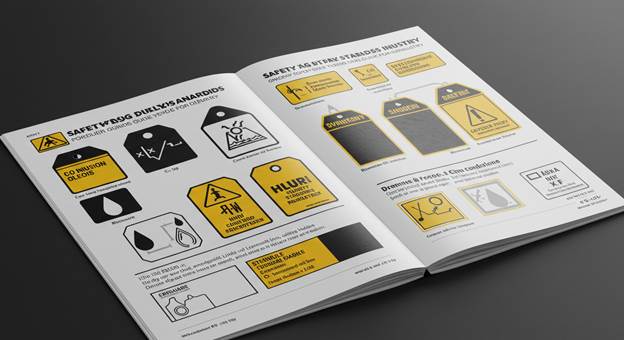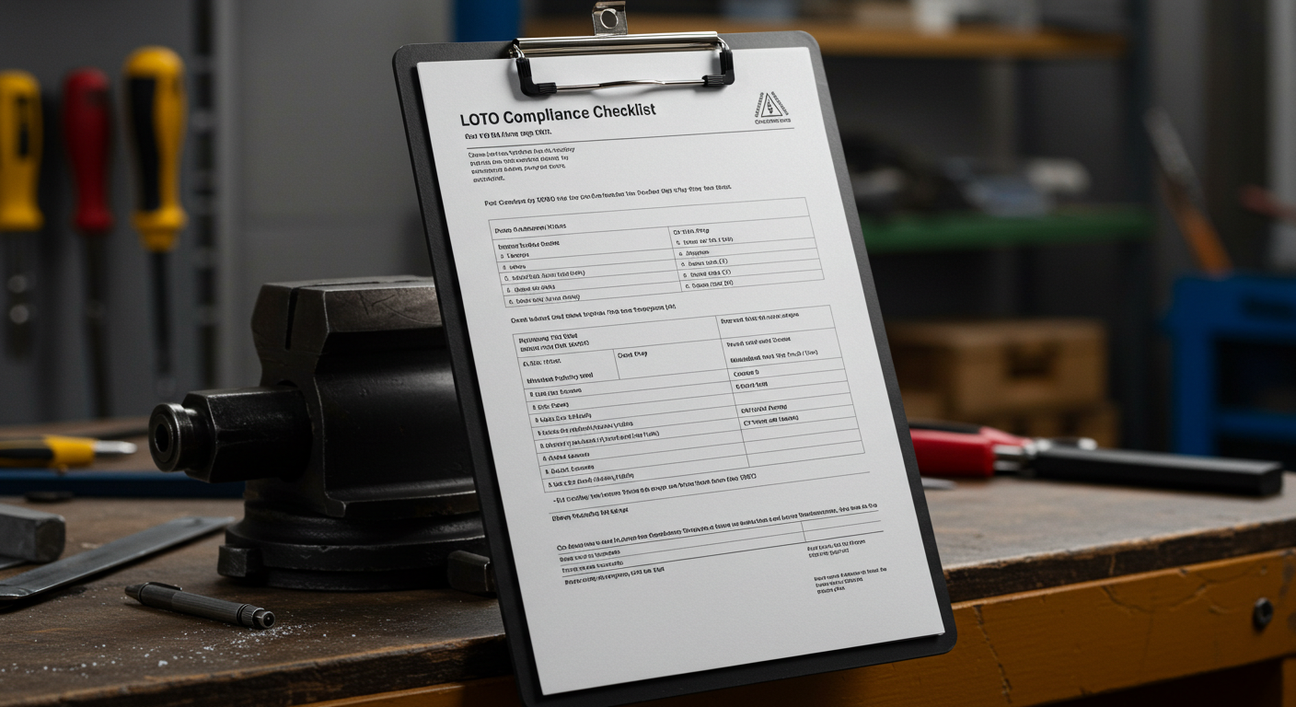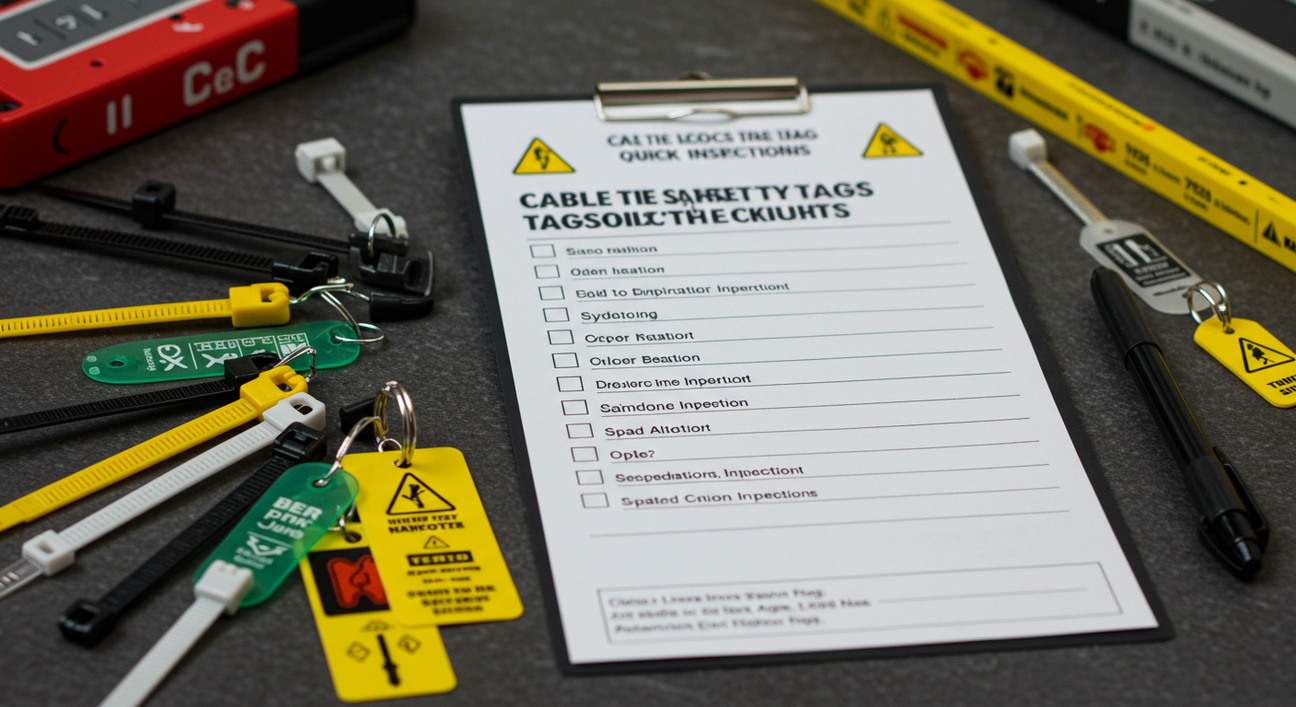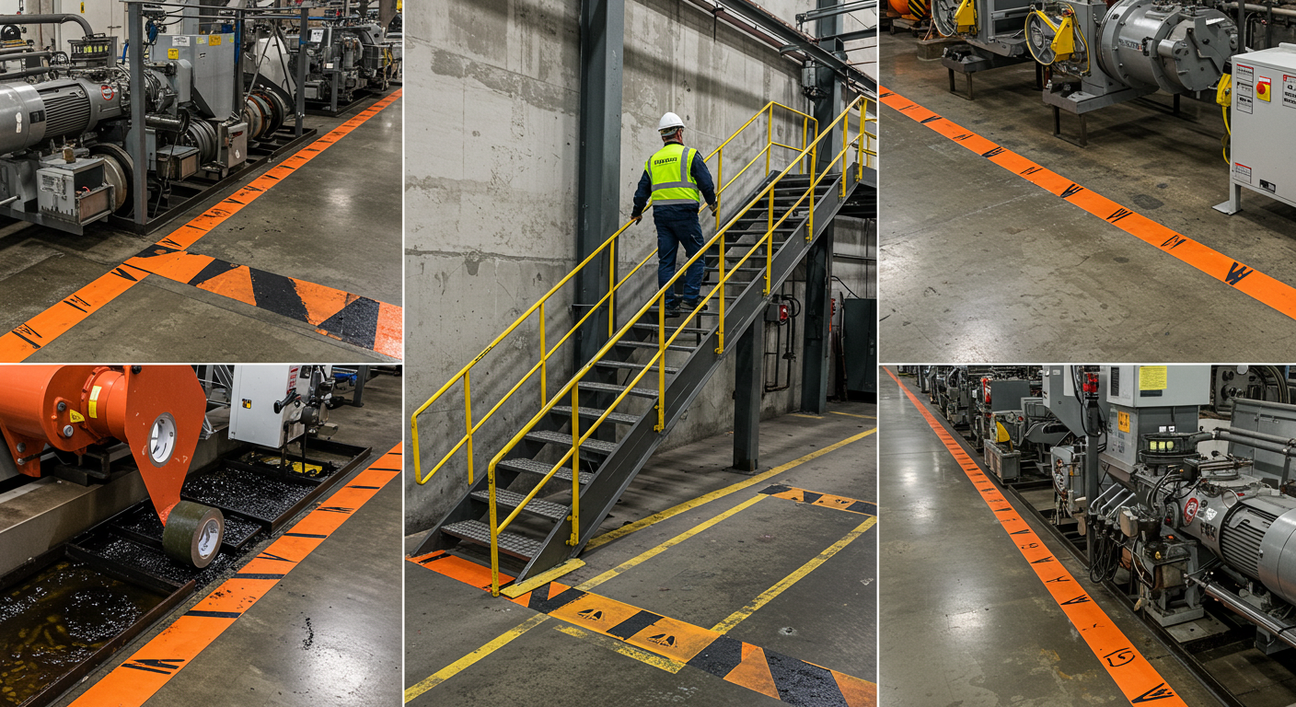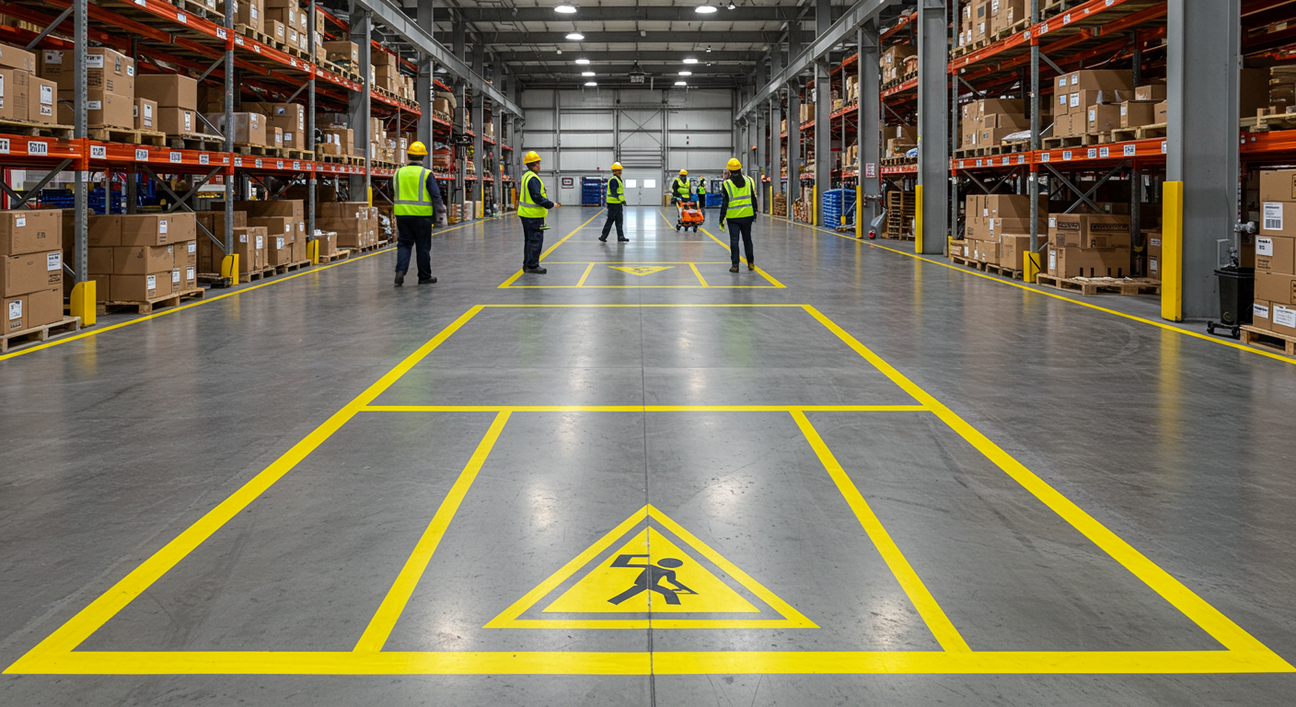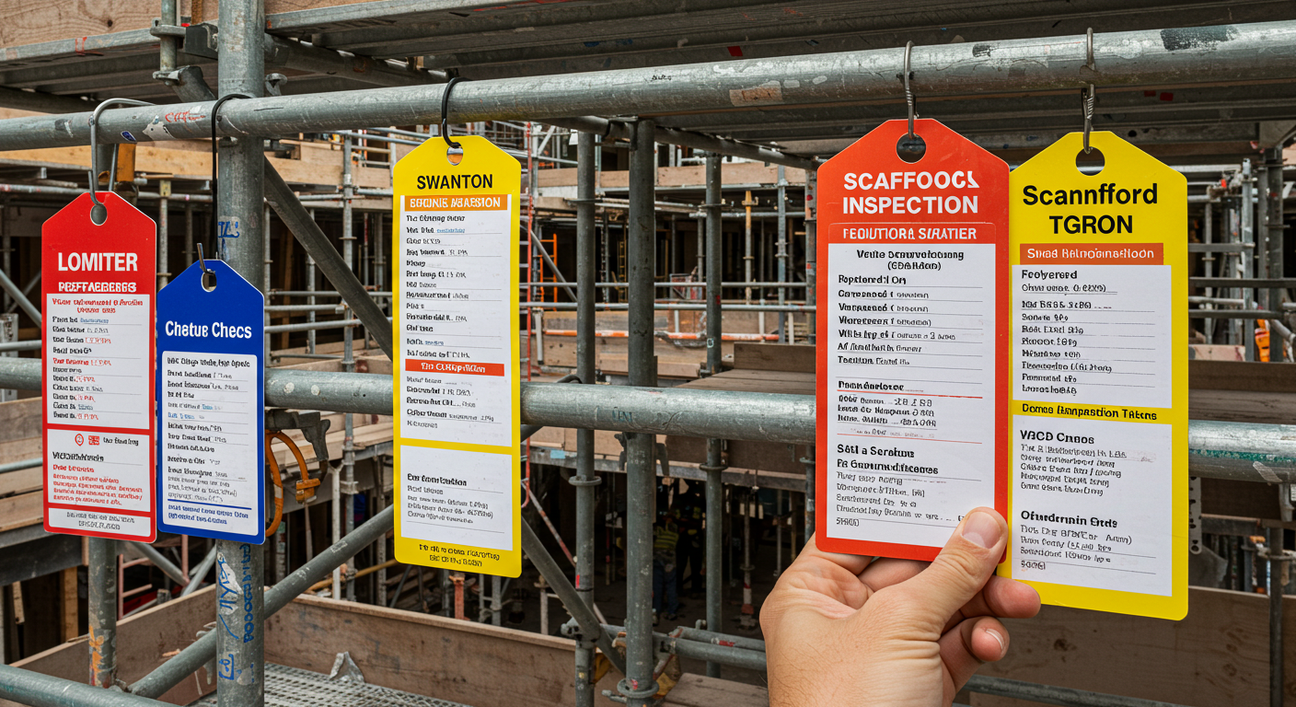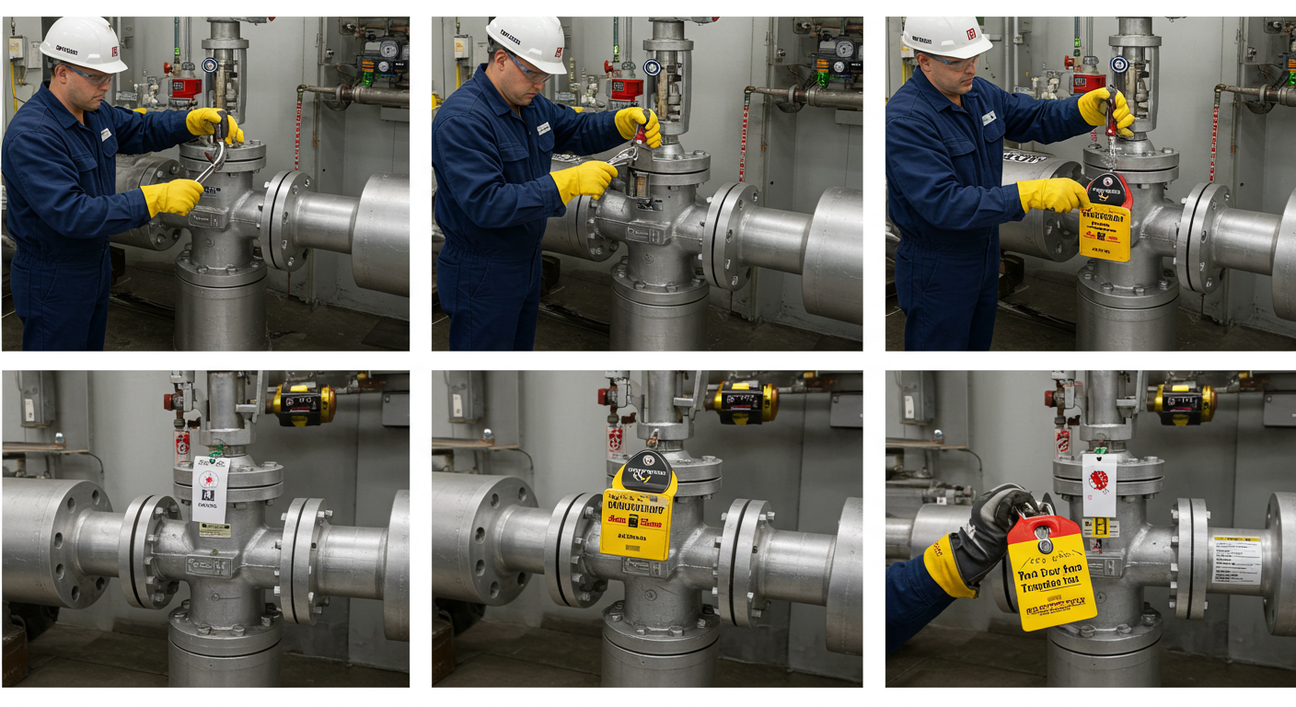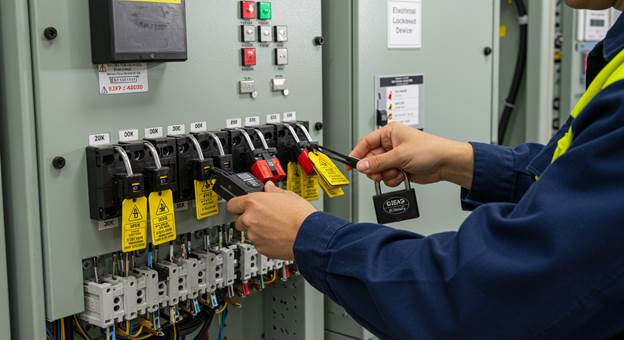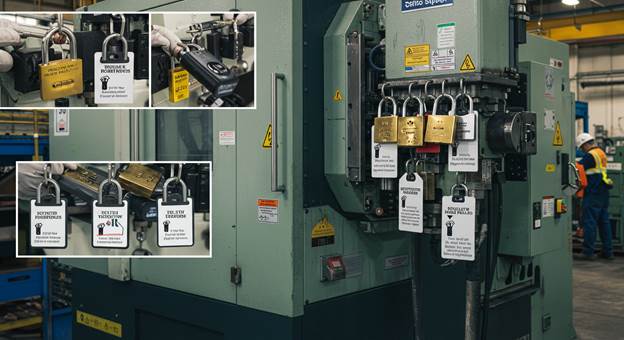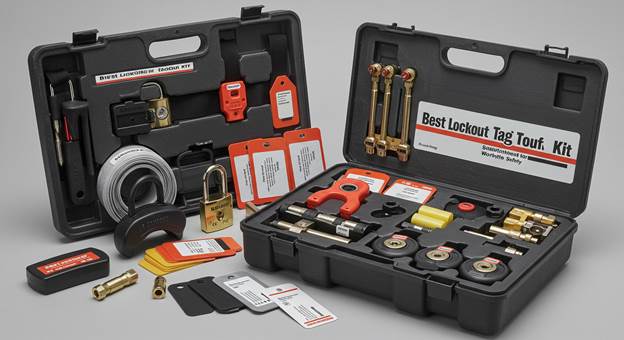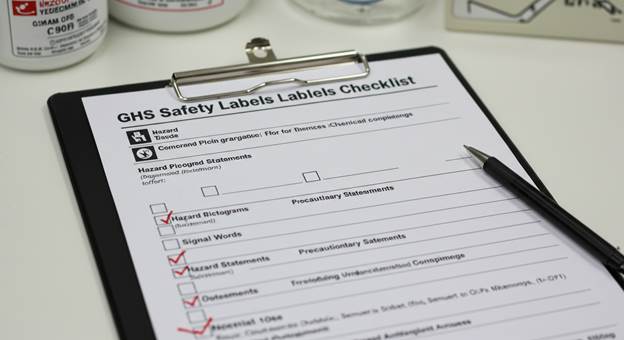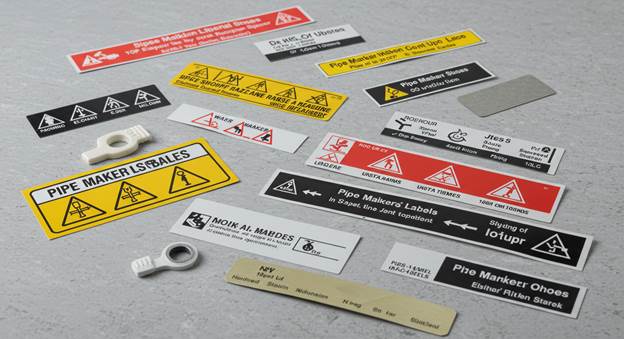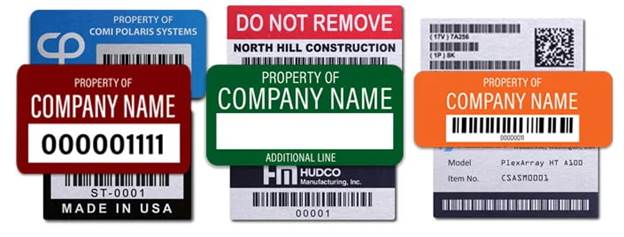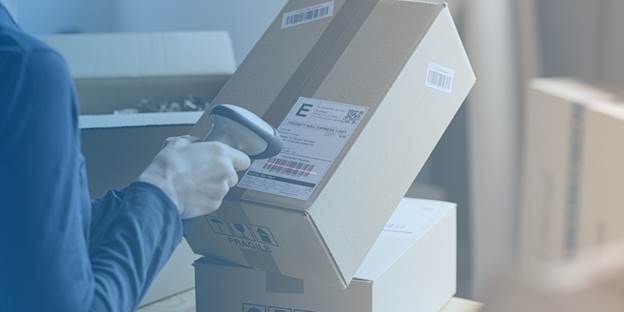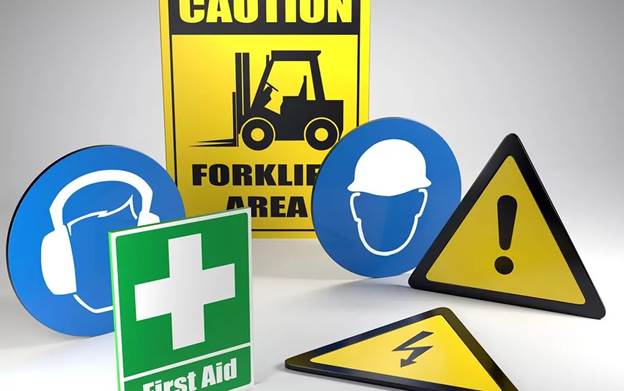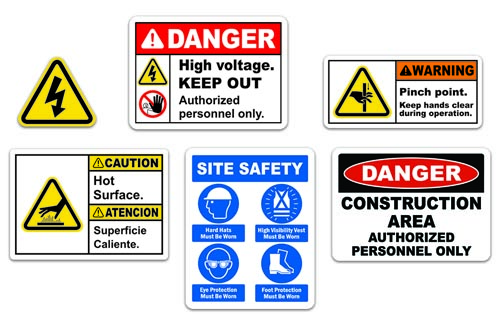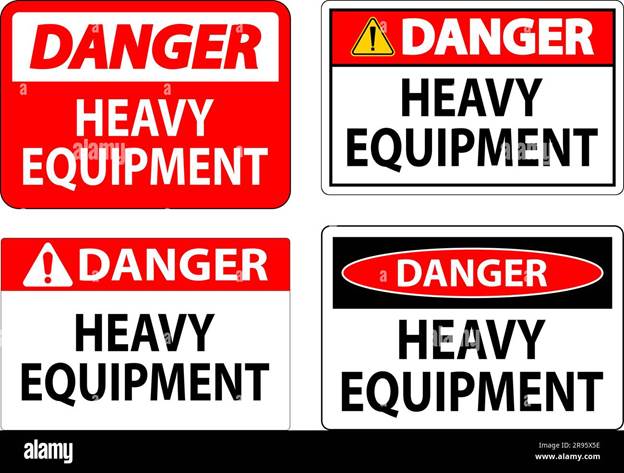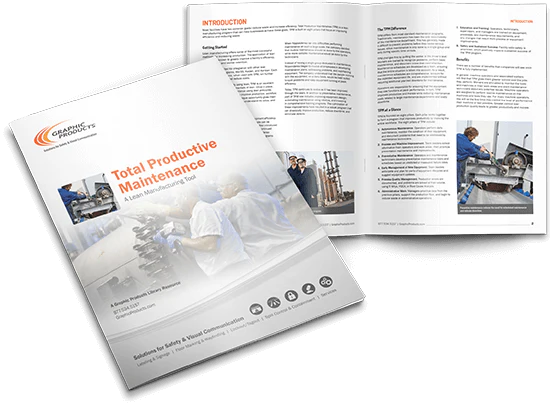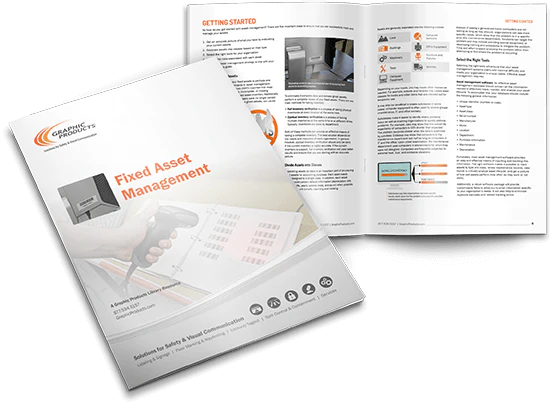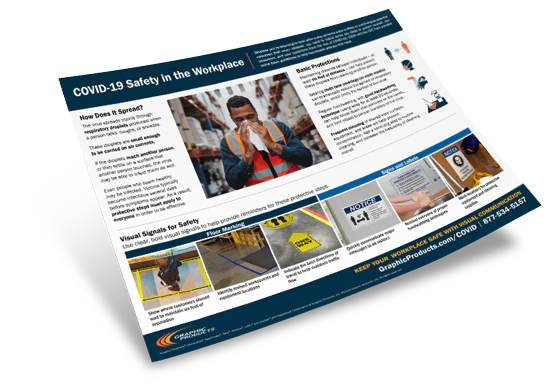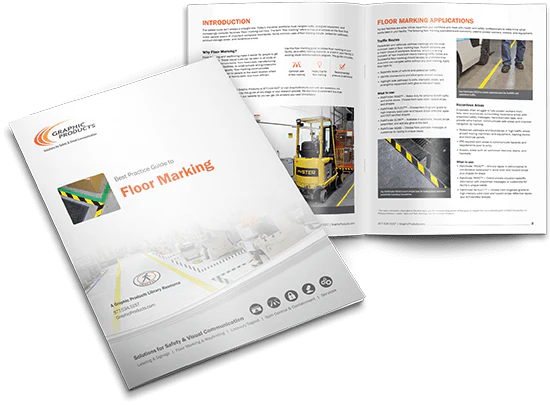Set Up a Compliant GHS Labeling System at Work
1. Introduction: Why a GHS System Matters for Workplace Safety
Handling chemicals every day comes with inherent risk, and an effective GHS system ensures hazards are conveyed clearly. A structured setup of GHS labels enhances safety, promotes compliance, and boosts confidence in your chemical management program. Right labeling protects your team—and your operation.
2. Quick Reminders: What Is GHS Labeling System?
What is GHS labeling system? It’s a globally standardized way to communicate chemical hazards through icons, signal words, hazard statements, precautionary details, and supplier information. This consistency makes it easier for anyone—regardless of language skills—to understand risks and respond appropriately.
3. The GHS Guide: Core Components of Label Compliance
A practical GHS guide should help you check off each label requirement:
-
Chemical name and identifier
-
Signal word—“Danger” or “Warning”
-
Relevant pictograms (e.g., flame, skull and crossbones)
-
Hazard statements like “Causes severe skin burns”
-
Precautionary instructions (e.g., “Wear protective gloves”)
-
Supplier name and contact details
Having this content visible makes your compliant labeling system actionable and audit-ready.
4. How to Set Up a GHS System? Step-by-Step
How to set up GHS system? Follow this roadmap:
-
Step 1: Create a Chemical Inventory
Document every substance stored or used.
-
Step 2: Classify Hazards
Review Safety Data Sheets (SDS) or use supplier data.
-
Step 3: Source or Print Labels
Use durable materials built for your workspace—wipe-resistant PVC for labs, laminated adhesive for outdoor storage.
-
Step 4: Label All Containers
Include secondary and portable containers—never skip.
-
Step 5: Train Your Team
Ensure everyone knows how to read labels and follow precautions.
-
Step 6: Audit Quarterly
Replace damaged labels and update any changes in chemical concentrations or processes.
5. Australian Compliant GHS Labeling System: What You Need to Know
In Australia, a Australian compliant GHS labeling system must align with WHS Regulations, AS/NZS 5028, and the ADG Code for transport. These add local clarity on size, contrast, and durability. In high-heat, wet, or dusty environments, choose formats that won’t peel, fade, or smear.
6. Why Durable Labels Matter for Your Chemical System
A robust chemical system demands reliable labels. Durable, chemical-resistant labels hold up to solvents, have waterproof coatings, and feature fade-proof printing—meaning labels stay legible even in harsh conditions.
7. Common Pitfalls in GHS Labeling—and How to Avoid Them
Avoid these common mistakes during setup:
-
Reusing labels on new containers
-
Leaving secondary containers unlabeled
-
Applying labels over condensation or oil without cleaning
-
Downsizing the label so only symbols are visible
-
Ignoring damaged or partially removed labels
Prevent these issues with a proactive quality control checklist.
8. Effective Label Placement for Greater Awareness
Good placement ensures visibility:
-
On the front of containers and within eye-line
-
Where users access the chemical most frequently
-
Above handle or pour spouts—don’t put labels on lids or bottoms
-
On transporters and trays for mixed storage
Training staff to check visibility supports the integrity of your system.
9. Pairing GHS Labeling with Safety Tags and Signs
Labels can’t work in isolation. Pair them with tags, labels and signage around storage cabinets, chemical benches, and spill kit areas. Use consistent color-coding and pictograms so visual cues reinforce each other across your facility.
10. How Archford Supports Your GHS Compliance
Archford provides a full range of compliant Tags, labels built to withstand industrial conditions. They offer options like:
-
Multi-coat UV-resistant labels
-
Adhesive-backed tags for secondary containers
-
Custom print services including barcodes and lot numbers
Whether you need standard formats or custom run, Archford helps you build a trustworthy GHS labeling ecosystem.
11. Maintenance & Audit Protocols for Your GHS System
Faulty labels jeopardize compliance. Adopt these upkeep routines:
-
Visual inspection of all labels monthly
-
Immediate replacement if edges lift or surface is blurred
-
Audit before audits—replace labels before a site inspection
-
Update data and reprint following SDS changes
A spotless labeling system shows your team and auditors that safety is ongoing—not one-off.
12. Training Your Team on the GHS Labeling System
Knowledge is power. Your training should cover:
-
Reading pictograms and understanding hazard statements
-
Proper label placement and application
-
Handing new or repurposed containers
-
Reporting and replacing damaged labels
-
Using SDS for further chemical risk guidance
Routine refreshers and toolbox talks cement the culture of safe chemical handling.
13. Automated Solutions: GHS, Barcodes & Inventory
Enhance your GHS system by integrating labels with digital workflows:
-
Use barcodes or QR codes that link to SDS documents
-
Set alert systems when certain chemicals reach reorder levels
-
Track usage and expiry dates automatically
-
Integrate with LOTO detection to streamline safety procedures
Automation improves efficiency and reduces human error.
Top Labeling and Tagging Tips for Industrial Safety Compliance
|
Tips / Guide Summary |
|
|
Use ANSI/ASME color codes and arrows for clear pipe content and flow identification. |
|
|
Ensure all chemical containers follow GHS pictograms and signal words consistently. |
|
|
Place labels where they’re visible and durable; include signal words like DANGER/CAUTION. |
|
|
Follow Australian GHS standards using appropriate tags, labels, and SDS references. |
|
|
Choose rugged, weatherproof tags that meet ISO or OSHA requirements. |
|
|
Always update scaffold tags post-inspection; use color-coded tags for clarity. |
|
|
Best for mining, construction, and oil & gas where tags endure rough conditions. |
|
|
Tag cables in electrical panels, machinery, and HVAC systems to reduce misidentification. |
|
|
Use floor and wall signs for forklift lanes, exits, and hazard zones. |
|
|
Place near entrances, intersections, and blind spots to enhance worker alertness. |
15. Conclusion
A compliant labeling system isn’t just about ticking boxes—it’s a visible sign of workplace responsibility. When your GHS system, durable labels, staff training, and maintenance protocols come together, you build a culture that understands risk and actively mitigates it.
Start with a full chemical audit, source resilient and compliant labels from Archford, train your teams thoroughly—and review monthly. That kind of consistency is what keeps workplaces protected, employees safe, and regulators satisfied.
14. Frequently Asked Questions
Q1: What is GHS labeling system compliance?
Compliance means including all GHS elements (pictograms, statements, identifiers, supplier details) correctly formatted and applied to every container.
Q2: Can I apply GHS labels to any container?
Yes—but only if they meet size and adhesion requirements. Always clean the surface before applying.
Q3: How do I handle a chemical mixture?
Label using hazard information for the mixture itself, not the base substances.
Q4: How should I label empty containers?
Treat them as if full until they’re thoroughly cleaned—they should still have a GHS label until emptied and washed.
Q5: Where can I get durable, compliant chemical tags and labels?
You can order compliant, durable chemical tags and labels from Archford: Tags, labels.

